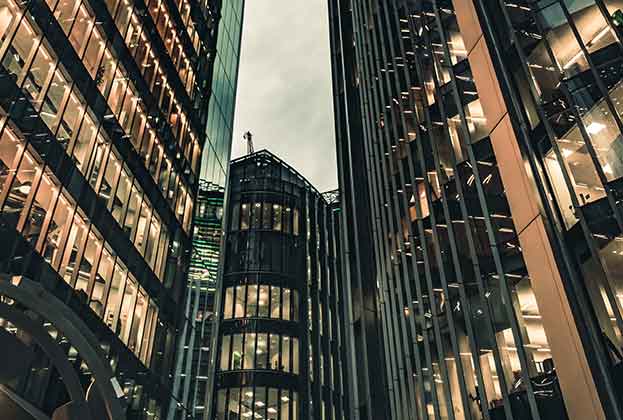As the latest edition of Savills Impacts magazine notes, demographic, cultural, economic and technological changes are all driving massive shifts in how we spend our time and money. A new ‘experiential’ aspect to shopping is putting the onus on landlords and developers to come up new concepts to draw people in. One of Prague’s projects in this vein is Savarin, which developer Crestyl Group calls a “public space with retail and offices”.
The mixed-use project to develop the historical site in downtown Prague was purchased by Crestyl from Irish developer Ballymore four years ago. In an area known as the Golden Cross, the 1.5-hectare site is bounded by the main shopping streets of Wenceslas Square and Na Příkopě on two sides, and Jindřišská and Panská on the others. Users will be able to access the site from all four sides of the square when it is completed in 2021-2022.
Initially a covered shopping centre concept, the project was totally revamped by Crestyl to leave the square open and make almost four times more space (now to be approximately 6,700 sq m) available for publicly accessible outdoor areas compared to the original plan.
.jpg)









